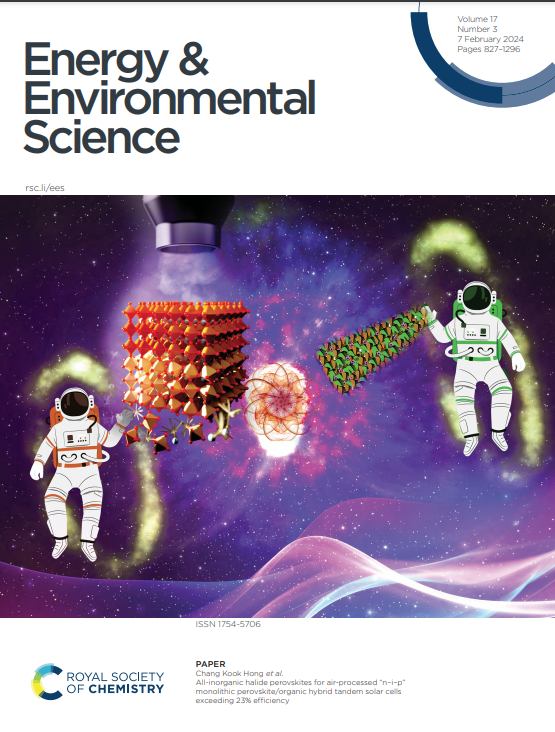Pushing slope- to plateau-type behavior in hard carbon for sodium-ion batteries via local structure rearrangement
IF 32.4
1区 材料科学
Q1 CHEMISTRY, MULTIDISCIPLINARY
引用次数: 0
Abstract
Elucidating the microstructure of hard carbon is essential for uncovering the sodium storage mechanism and constructing state-of-the-art hard carbon anodes for sodium-ion batteries. Guided by understanding the crystallization process and inverse materials design principles, we design hard carbon anodes with different local fragments to understand the correlating microstructure of hard carbon and sodium storage behaviors from the commercialization perspective. The sodiation transformation of hard carbon from slope- to plateau-type is realized via a series of local structure rearrangements, including interlayer distance, average crystallite width of graphitic domains, and defect density. We found that the increase in plateau capacity is mainly related to the transition from critical interlayer distance to average crystallite width of graphitic domains control, and is limited by the closed pore volume of hard carbon. During sodiation, the formation of NaF and Na2O in the slope region, as well as Na2O2 and NaO2 in the plateau region, are always accompanied by the production of Na2CO3. This work provides insights into understanding the sodium storage behavior in hard carbon anodes and defines general structural design principles from the slope- to plateau type of hard carbon.求助全文
约1分钟内获得全文
求助全文
来源期刊

Energy & Environmental Science
化学-工程:化工
CiteScore
50.50
自引率
2.20%
发文量
349
审稿时长
2.2 months
期刊介绍:
Energy & Environmental Science, a peer-reviewed scientific journal, publishes original research and review articles covering interdisciplinary topics in the (bio)chemical and (bio)physical sciences, as well as chemical engineering disciplines. Published monthly by the Royal Society of Chemistry (RSC), a not-for-profit publisher, Energy & Environmental Science is recognized as a leading journal. It boasts an impressive impact factor of 8.500 as of 2009, ranking 8th among 140 journals in the category "Chemistry, Multidisciplinary," second among 71 journals in "Energy & Fuels," second among 128 journals in "Engineering, Chemical," and first among 181 scientific journals in "Environmental Sciences."
Energy & Environmental Science publishes various types of articles, including Research Papers (original scientific work), Review Articles, Perspectives, and Minireviews (feature review-type articles of broad interest), Communications (original scientific work of an urgent nature), Opinions (personal, often speculative viewpoints or hypotheses on current topics), and Analysis Articles (in-depth examination of energy-related issues).
 求助内容:
求助内容: 应助结果提醒方式:
应助结果提醒方式:


